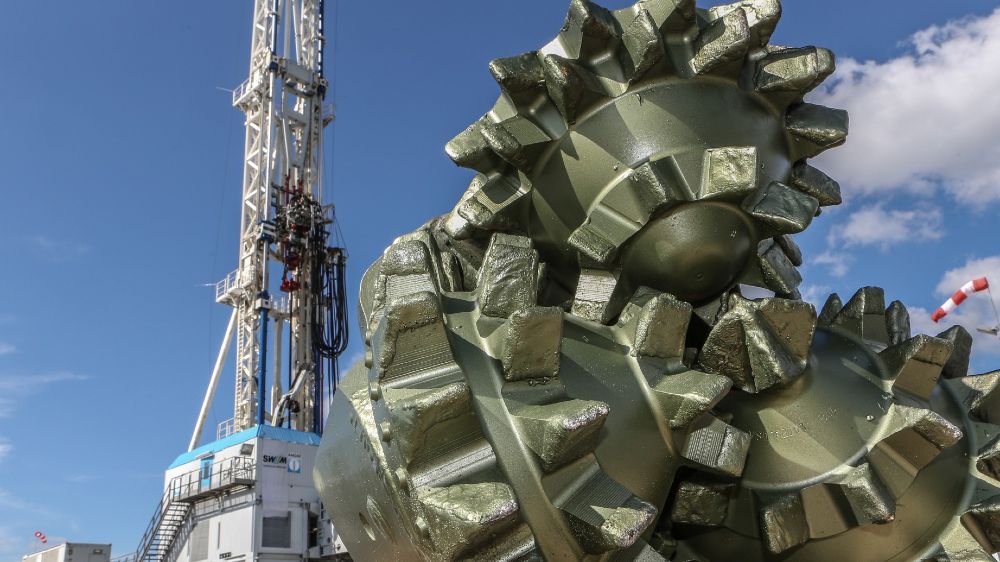
IEA Geothermal
Using geothermal energy for the generation of power and heat has a decisive advantage over other renewable energy sources: Once a plant has been installed, the geothermal energy obtained can provide a continuous base load electricity for many years. The geothermal energy can also be used directly by feeding it into district heating networks or using it for industrial processes. Near-surface geothermal energy with lower temperatures is also suitable for heating and cooling buildings.
The experts of the Technological Collaboration Programme (TCP) „Geothermal“ of the International Energy Agency (IEA) have set themselves the goal of harnessing the potential of geothermal energy even more effectively. Members from 13 countries, the European Commission, a Spanish geothermal energy association and a company promote international cooperation in the association with the aim of further developing geothermal technologies and using this energy sustainably.
Best practice examples and international workshops
The activities of the group are firstly focused on the exchange of information between the members. Furthermore, the topic is to be conveyed more effectively to the public. The members compile best-practice examples from research and development, but also from already applied geothermal projects. They collect and disseminate geothermal data to increase the knowledge base. Not least, the activities are expected to result in new as well as improved technologies.
Whether questions about the direct use of geothermal energy, induced seismicity or the impact of geothermal projects on the environment: Members address a wide range of relevant topics at workshops and other events. The experts are particularly interested in reducing the drilling costs for geothermal plants. After all, drilling costs for deep geothermal projects account for up to 70 per cent of capital costs, making them one of the biggest challenges for the industry. The costs furthermore increase exponentially with increasing depth.
Year of foundation: 1997
Members: Australia, France, Germany, Iceland, Italy, Japan, Mexico, Korea, New Zealand, Norway, Switzerland, United Kingdom, United States of America, European Commission, Spanish Geothermal Technology Platform (GEOPLAT), ORMAT Technologies
Funding: Cost-shared
- Working Group „Environmental Impacts of Geothermal Development“ (Tasks: Impacts on Natural Features / Discharge and Reinjection Problems / Methods of Impact Mitigation and Environmental Procedures / Sustainable Utilization Strategies)
- Working Group „Direct Use of Geothermal Energy“ (Tasks: New and Innovative Geothermal Direct Use Applications / Communication / Statistics for Geothermal Heat Pump Applications / Design Configuration and Engineering Standards)
- Working Group „Data Collection and Information“
- Working Group „Deep Roots of Volcanic Geothermal Systems“ (Tasks: Compilation of Conceptual Models of the Roots of Volcanic Geothermal Systems and Associated Research Methods / Advancement of Methods for Deep Geothermal Exploration / Methods for Modelling Conditions and Processes in Deep Geothermal Resources)
- Working Group „Emerging Geothermal Technologies“ (Tasks: Exploration, Measurements and Logging / Drilling Technology / Reservoir Creation and Enhancement / Induced Seismicity / Surface Technology – Heat and Electricity Production, Corrosion, Scaling / Geothermal Reservoir Management)
Contact
TCP Chair: Manuela Richter, Germany, ma.richter@ptj.de
Alternate: Dr. Andreas Koch, Germany, an.koch@ptj.de

